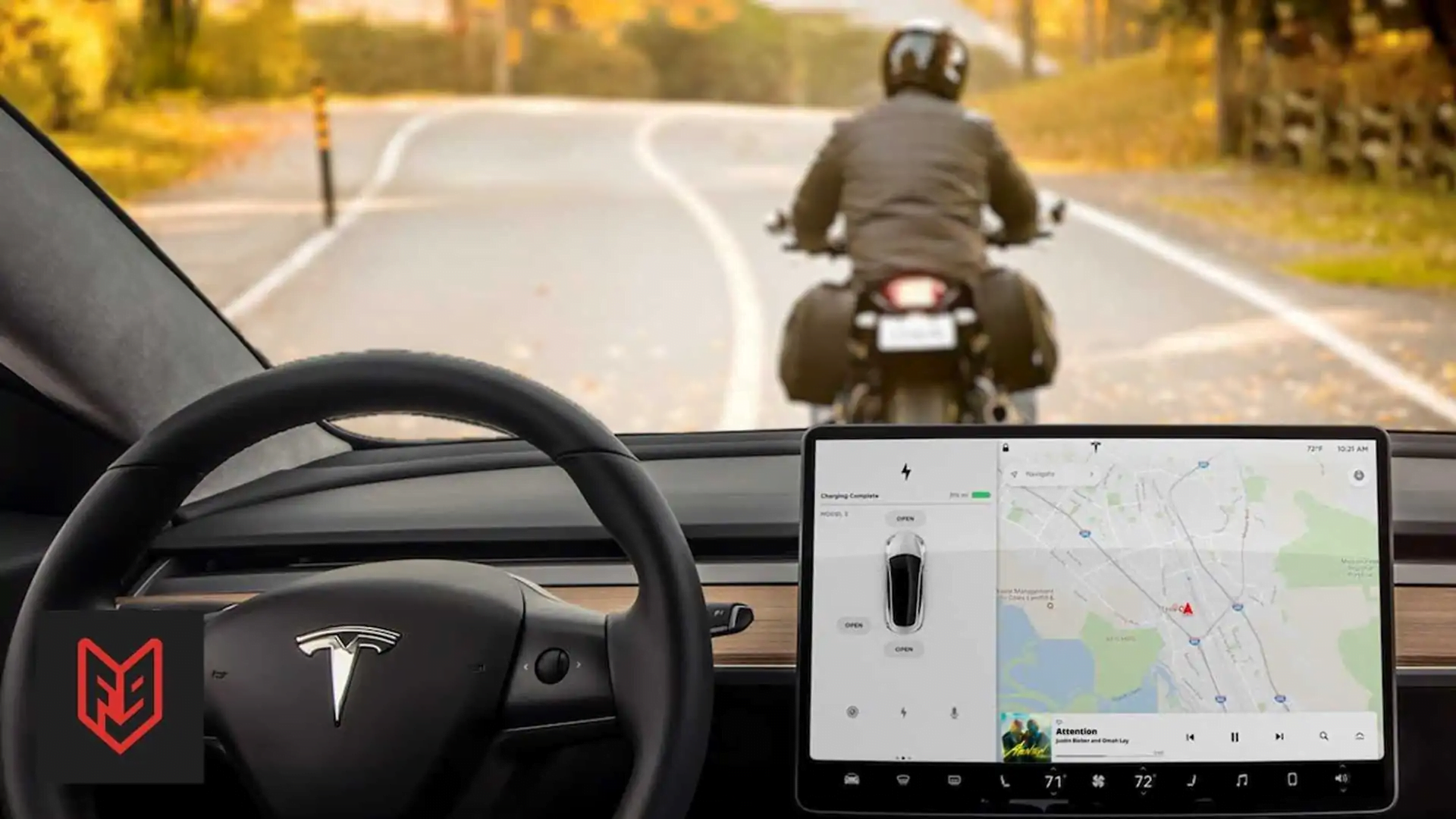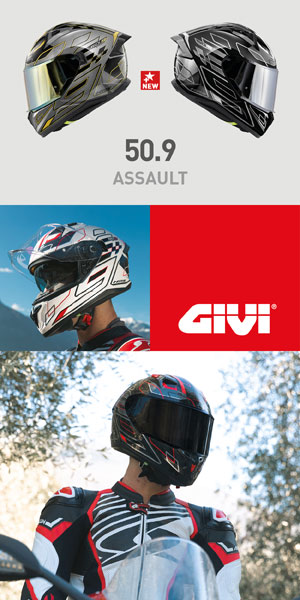In the United States, in July 2022, two deaths of motorcyclists in road accidents involved Teslas. These vehicles are suspected of having collided with the motorcycles while they had the autonomous driving device activated. In both cases, the Teslas – which were different models – hit the motorcycles from behind. Both crashes occurred at night and both involved cruiser-style motorcycles with low, close-set taillights.
Why are these motorcycle details important? In this video, Ryan from FortNine lays out a very logical theory as to why the automatic self-driving device may not have seen the motorcycles in these two life cases. To be clear, this is just a theory and the National Highway Traffic Safety Administration (NHTSA) and other relevant authorities are still investigating both crashes.
<iframe width=”750″ height=”420″ src=”https://www.youtube.com/embed/yRdzIs4FJJg” title=”Tesla Autopilot Crashes into Motorcycle Riders – Why?” frameborder=”0″ allow=”accelerometer; autoplay; clipboard-write; encrypted-media; gyroscope; picture-in-picture” allowfullscreen></iframe>
That said, this theory seems pretty solid. Tesla vehicles rely on a combination of multiple cameras and radars so that the self-driving device can calculate the safe distance from vehicles and other objects around a given Tesla. However, Tesla has phased out its use of radars across its model lineup over time, using only its Tesla Vision camera system. The most recent such change occurred in February 2022, when Tesla removed the radars from its Model S and Model X, according to InsideEV.
Several motorcycle equipment manufacturers have developed adaptive radar cruise controls in recent years, with these devices now being offered by manufacturers on their most high-end models. Although the systems may work slightly differently, the idea is the same: all rely on radar to help motorcycles maintain a safe distance from the vehicles around them. On motorcycles, this is not yet autonomous driving strictly speaking, but this system performs some of the same functions, and relies on the proven precision of radar.
But then why not use this combination of radars and cameras on Teslas? As Ryan points out, although Tesla (and most companies) do not directly state that the company essentially wants to make money from selling its products, and therefore save as much as possible on the number of parts installed on a vehicle, the Businesses are, after all, businesses. Therefore, the idea that they want to make a profit should not be new and should probably be considered an implicit factor in all their decision-making.
The location of these taillights on the two motorcycles involved – a Yamaha V-Star and a Harley-Davidson Sportster – is important if both cars were relying on Tesla Vision to tell them where the next vehicle was on the highway. Tesla Vision relies on a system of multiple cameras and Artificial Intelligence, which interprets the visual data collected by the cameras.
At night, it is difficult to distinguish the silhouettes of vehicles, but the taillights are there to make our task easier. If Artificial Intelligence perceived these close-up taillights as distant car headlights instead of a much closer motorcycle, this is the likely origin of the problem. If radar had been present, in addition to these cameras, the problem might have been avoided, but we cannot know for sure.
What we do know is that two motorcyclists died and that NHTSA data released in June 2022 revealed that “Analysis of Tesla vehicle data proves that the advanced driver assistance system, Autopilot, was turned off approximately one second before impact,” according to the Washington Post. This observation comes from the analysis of 273 previous accidents involving Tesla's self-driving device.
While waiting for the development of a technical solution by Tesla, the best – temporary – solution to avoid this type of problem while being a motorcyclist, and driving on a highway at night with a car approaching behind is to move from one side to the other of his way. Indeed, this movement will alert the AI of the presence of a vehicle much closer than expected.



























